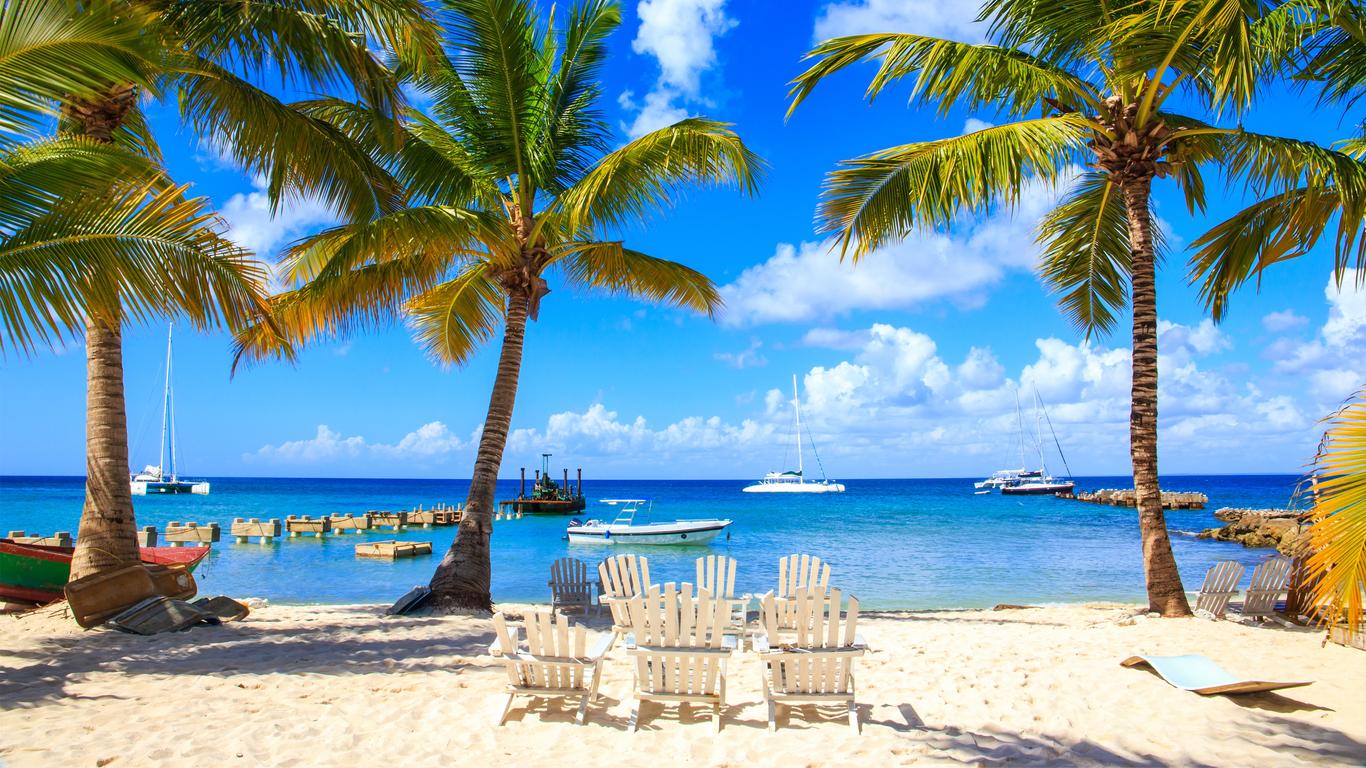Ladakh isn’t just a destination—it’s a revelation. With its stark landscapes, ancient monasteries, and high-altitude passes, Trekking in Ladakh offers one of the most surreal and soul-stirring experiences in India. Nestled between the Karakoram and Zanskar ranges, this cold desert region invites trekkers to explore a world where silence speaks, prayer flags flutter, and every trail feels like a pilgrimage into the sky.
Whether you’re crossing glacial rivers, camping under a billion stars, or walking through timeless villages, Ladakh’s treks are not just physical journeys—they’re spiritual awakenings.
🏔️ Why Trekking in Ladakh Is Unlike Anywhere Else
Ladakh stands apart for its:
- High-altitude drama: Most treks range between 10,000 to 18,000 ft
- Cultural depth: Tibetan Buddhist heritage, ancient gompas, and nomadic communities
- Lunar landscapes: Barren mountains, turquoise lakes, and vast plateaus
- Wildlife encounters: Snow leopards, marmots, Himalayan blue sheep
- Extreme contrasts: Sunny days, freezing nights, and unpredictable terrain
It’s a region that challenges your body, expands your mind, and humbles your soul.
🌄 Top Treks in Ladakh
Here’s a curated list of the most iconic and rewarding treks across Ladakh:
1. Chadar Trek – The Frozen River Odyssey
- Difficulty: Challenging
- Best time: January to February
- Highlights: Walk over the frozen Zanskar River, surrounded by towering cliffs and icy silence. This trek is both physically demanding and visually surreal.
2. Markha Valley Trek – Ladakh’s Classic Trail
- Difficulty: Moderate
- Best time: June to September
- Highlights: Cross high passes like Kongmaru La, visit remote villages, and camp near monasteries. A perfect blend of culture and scenery.
3. Stok Kangri Trek (currently restricted for conservation)
- Difficulty: Challenging
- Best time: July to September
- Highlights: A non-technical climb to one of Ladakh’s highest trekking peaks (6,153 m). Offers panoramic views of the Zanskar and Karakoram ranges.
4. Lamayuru to Alchi Trek – Monastery Trail
- Difficulty: Moderate
- Best time: June to September
- Highlights: Connects two of Ladakh’s oldest monasteries through dramatic canyons and lunar-like terrain. Ideal for culture lovers.
5. Rumtse to Tso Moriri Trek – Lakes and Nomads
- Difficulty: Moderate to challenging
- Best time: July to September
- Highlights: Trek through Changthang plateau, visit nomadic settlements, and witness the pristine beauty of Tso Moriri Lake.
🧘 Spiritual and Cultural Treks
Ladakh’s trails often lead to places of deep spiritual resonance:
- Phuktal Monastery Trek (Zanskar): A cliffside gompa accessible only by foot
- Hemis to Padum Trek: A long cultural trail through remote Buddhist villages
- Alchi and Likir Circuit: Short treks around ancient monasteries with exquisite murals
These treks offer a rare chance to witness living Tibetan Buddhist traditions in untouched settings.
🏕️ Trekking Infrastructure and Support
While Ladakh is remote, its trekking ecosystem is well-supported:
- Base towns: Leh, Kargil, and Padum serve as launchpads
- Local guides and porters: Experienced, acclimatized, and culturally rooted
- Homestays and campsites: Offer authentic experiences and comfort
- Government support: Ladakh Tourism and mountaineering institutes regulate and promote eco-trekking
Many treks are organized by certified operators, ensuring safety and sustainability.
🧭 Tips for Trekking in Ladakh
- Acclimatize properly: Spend at least 2–3 days in Leh before starting any trek
- Pack smart: Layered clothing, sun protection, hydration packs, and altitude meds
- Respect local customs: Dress modestly, ask before photographing people or monasteries
- Leave no trace: Carry back all waste, avoid plastic, and respect wildlife
- Travel insurance: Essential for high-altitude and remote treks
📅 Best Time for Trekking in Ladakh
- Summer (June–September): Ideal for most treks, with clear skies and accessible passes
- Winter (January–February): Only for the Chadar Trek and extreme snow adventures
- Autumn (September–October): Crisp air, golden landscapes, and fewer crowds
Avoid monsoon months in lower regions, though Ladakh remains largely dry due to its rain-shadow geography.
🌟 Why Trekking in Ladakh Is Worth It
Trekking in Ladakh isn’t just about reaching a summit—it’s about surrendering to the vastness. It’s the echo of your footsteps in a silent valley, the warmth of butter tea in a shepherd’s tent, the sight of prayer flags fluttering at 17,000 ft, and the feeling of being completely present. Whether you’re chasing altitude or inner peace, Ladakh’s trails offer both.
It’s not just a trek—it’s a transcendental journey into the Himalayas.




